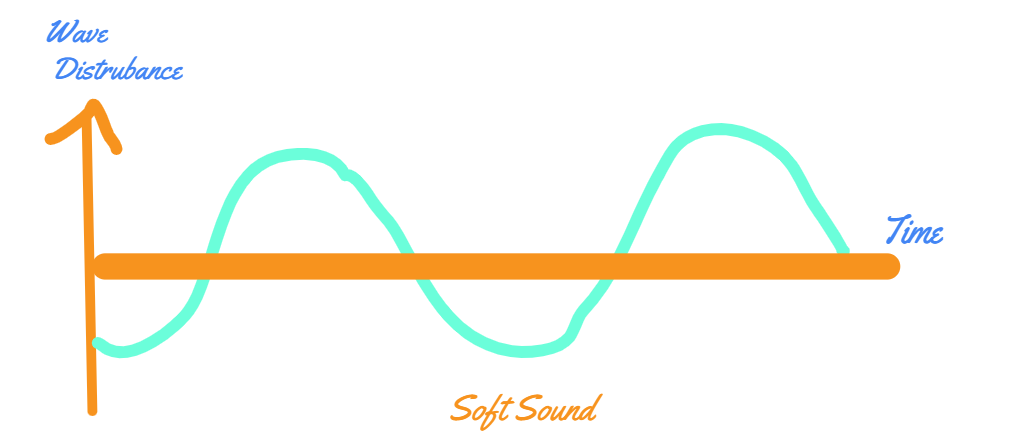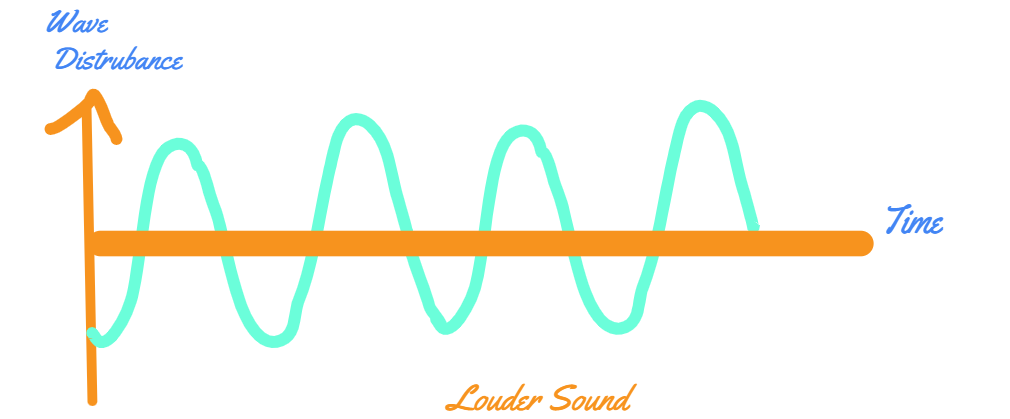Sound
Sound:
- A sound is a source of energy that produces a sense in our ears of hearing.
Sound Production:
-
- A rapid back and forth motion of an object is referred to as vibration.
- The vocal cords' vibrations are what produce the human voice to sound the way it does.
- Sound can be produced by plucking, scratching, rubbing, blowing or shaking different objects also.
Propagation of Sound:
-
- A medium is the element or thing that allows sound to be carried through it. A solid, liquid, or gas can be one.
- Sound travels across a medium to reach the listener from its origin. The particles in the medium around an object vibrate when it occurs.
- It is the medium itself, not its constituent particles that carry the disturbance caused by a sound source as it moves through it.
- Mechanical waves, which include sound waves, are characterized by the movement of the medium's particles.
- When a vibrating object moves forward, it pushes and compresses the air in front of it creating a region of high pressure. This region is called a compression (C).
- When the vibrating object moves backwards, it creates a region of low pressure called rarefaction (R).
- The quantity of a medium's particles in a specific volume is correlated with pressure.
- Propagation of sound can be visualized as propagation of density variations or pressure variations in the medium.
1.) Sound Needs A Medium to Travel:
- As sound is a mechanical wave, it must travel through a material medium like air, water, steel, etc. It is unable to pass through vacuum.
2.) Sound Waves Are Longitudinal Waves:
-
- Compressions (C) are the areas where the coils get closer, while rarefactions are the areas where they get farther apart (R).
- Longitudinal waves are the individual medium particles move parallel to the direction that the disturbance is propagating.
- In a transverse wave, particles move exactly where they are at the moment rather than along the path of wave propagation. As light is a transverse wave, its oscillations are not caused by the medium's particles or their motion.
3.) Characteristics of a Sound Waves Are Longitudinal Waves:
-
- Compression is the region with the high density and pressure whereas the Rarefactions region has low pressure and density.

- A wave's peak is referred to as the crest, and its valley as the trough.
- The wavelength is the distance between two consecutive rarefactions (R) or compressions (C). The λ (Greek letter lambda) acts as its symbol. The metre (m) is its SI unit.

- One full oscillation of density occurs when it changes from the maximum value to the lowest values and back to the maximum value.
- The frequency of the sound wave is determined by how many of these oscillations occur every second. It is usually represented by ν (Greek letter, nu). Its SI unit is hertz (Hz).
- The time period of a sound wave is the length of time taken for one full oscillation. The letter T stands it. Its SI unit is second (s).
- Frequency and time period are related as follows:
v = 1/T - The term "pitch" refers to the way the brain interprets a sound's frequency. The frequency and pitch increase as the speed of the source's vibration increases.
- The amplitude of the wave is the size of the largest fluctuation in the medium on either side of the average value. The letter A is frequently used to denote it. The unit for sound will be either density or pressure.
- A sound's amplitude mainly determines how loud or soft it is. Various factors affect how loud a sound wave will be. It is the force that is used to cause an object to vibrate.
- Tone refers to a single frequency of sound. A note is a pleasant-sounding sound that is created when several frequencies are combined.


- The speed of sound is defined as the distance which a point on a wave, such as a compression or a rarefaction, travels per unit time.
Speed, u = distance / time
u = λ /T - The sound wave's wavelength is denoted by λ. It is the distance that a sound wave travels in one unit of time (T) of the wave.
u = λ ν (v = 1 / T)
or
Speed = wavelength × frequency - Under the same physical circumstances, the speed of sound stays basically constant for all frequencies in a particular medium.
- The intensity of sound is the quantity of sound energy that moves across a certain region in one second. "Loudness" and "intensity" are frequently used synonymously however they don't mean the same thing.
- Compression is the region with the high density and pressure whereas the Rarefactions region has low pressure and density.
4) Speed of Sound in different Media:
-
- A medium allows sound to travel through it at a limited pace. A short bit after the bright flash, the sound of thunder can be heard.
- The temperature of the medium affects the speed of sound in that medium.
- When we go from a solid to a gaseous state, the speed of sound reduces.
Speed of sound in different media at 25 ºC State Substance Speed in m/s Solids Aluminium 6420 Nickel 6040 Steel 5960 Iron 5950 Brass 4700 Glass (Flint) 3980 Liquids Water (Sea) 1531 Water (distilled) 1498 Ethanol 1207 Methanol 1103 Gases Hydrogen 1284 Helium 965 Air 346 Oxygen 316 Sulphur dioxide 213
Reflection of Sound
- The surface of a solid or liquid reflects sound and abides by the similar reflection rules.
- The sound's incidence and reflection directions form equal angles.
(angle of incidence = angle of reflection) - The incident ray, reflected ray and the normal all 3 lie on a same plane.
- The sound's incidence and reflection directions form equal angles.